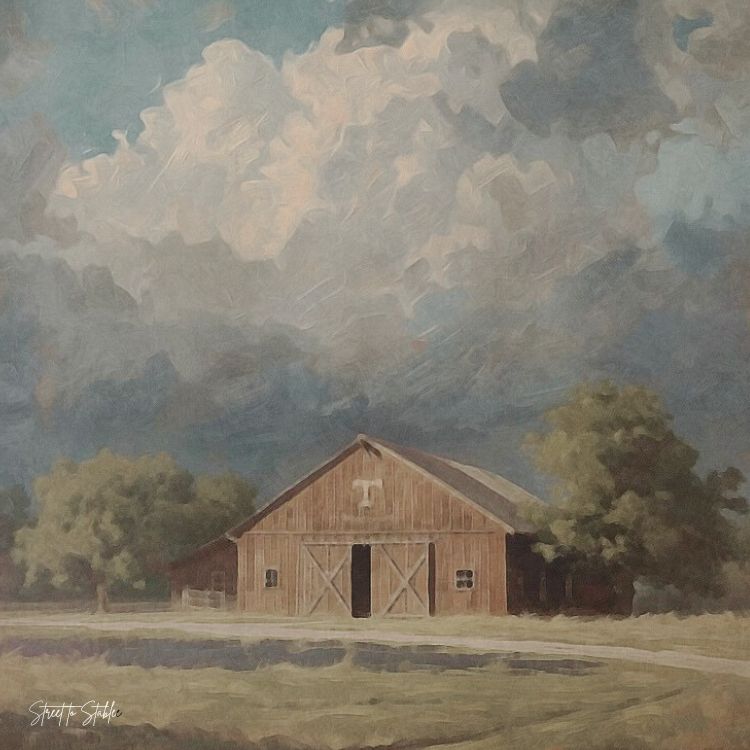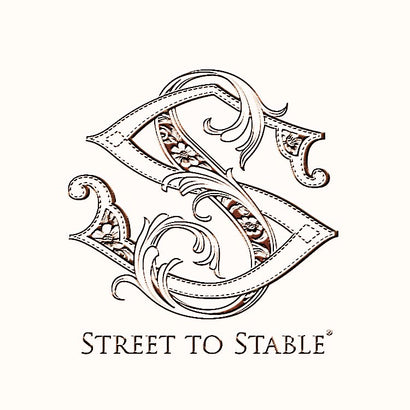
VISUAL SIGNS OF AMERICAN HERITAGE Part II: Preservation and Application
The Arc of Stewardship™: a continuum—identify, interpret, embed, preserve, ritualize

The Responsibility of Stewardship
Heritage endures not through recognition alone, but through interpretation. An icon, a vineyard map, a family portrait, or a branded outbuilding can signal legacy, but without context, these symbols risk fading into silence. The responsibility of stewardship is therefore twofold: to preserve the artifact and to embed its meaning into the daily life of the enterprise. Only then can the lessons of the past serve as guideposts for today and as a foundation for future generations.



Identifying Icons Across Land, Range, and Craft
The Arc of Stewardship™ begins with identifying the icons that quietly shape identity. On the land, these may be vineyard rows, orchard plantings, or rose cultivations. Across the range, open pastures, working cattle, or branded outbuildings stand as witnesses. In craft, tack, wearables and architectural details made by human hands carry the imprint of skill and continuity. Each domain- land, range, and craft- offers physical signs that must be acknowledged as part of a greater narrative.
Cataloging and Contextualizing
Stewardship does not end with recognition; its discipline lies in cataloging and contextualizing. Physical plaques placed beside tangible icon such as portraits, plantings, or heirloom equipment along with audio interviews that convey meaning, and the careful archiving of receipts, letters, and stud books ensure that significance is never lost. As part of administrative responsibility, intellectual property such as trademarks and brand marks must be retained alongside physical artifacts within both digital and physical files in a known and accessible location, for together they form the foundation of an enterprise's provenance. These records may also be entrusted to third-party custodian such as university archives, museums, or regional heritage centers to safeguard their continuity beyond the vulnerabilities of private collections. Oral histories from family members and longtime employees add dimension and emotion that written records alone cannot capture.
The Importance of the Web in Preservation
The web has become one of the most powerful tools for heritage stewardship. While physical archives safeguard fragile documents, websites ensure that history is not confined to storage but shared, contextualized, and made widely accessible. When thoughtfully designed, a website consolidates photography, timelines, and narratives into a living repository-one that informs employees, engages consumers, and reinforces identity for current stakeholders while guiding the future.
Case Studies
Examples abound of enterprises successfully implementing effective tactics to steward legacy.
- King Ranch in Texas, one of America's most storied cattle operations, has safeguarded its heritage through its museum and visitor tours, where artifacts and stories are carefully curated to reinforce the scale and continuity of its influence.
- The legendary 6666 Ranch, after more than 150 years in the same family, was sold in 2022. Yet even under new ownership, the commitment to stewarding its heritage remains strong. Operational excellence in breeding and ranching continues, while tours and storytelling interpret its history for guests and stakeholders alike demonstrating that legacy can be preserved even as hands of stewardship change.
- In viticulture, Seven Hills Winery offers a well-documented example of archival responsibility. Founded in the Walla Walla Valley, the winery ensured its records would endure by depositing them at Whitman College / Northwest Archives. The collection spans business plans, financial ledgers, promotional materials, photographs, and vineyard maps from 1987-2005. By entrusting these records to a third-party institution, Seven Hills demonstrated that stewardship extends beyond private preservation; it is an administrative responsibility that can be shared with trusted custodians. Such partnerships ensure that operational and cultural memory is protected against loss, accessible to scholars and future stakeholders alike, and integrated into the broader historical narrative of American winegrowing.
- Parker Ranch in Hawaii vividly demonstrates the use of web application as a vehicle for stewardship. Its extensive historical timeline, archives, and photography are made available online, turning private records into a public resource. By digitizing and curating its heritage for the web, the ranch ensures that its story is not only preserved, but actively communicated to a global audience. In this way, technology does more than protect the past-it projects it forward, keeping legacy relevant and alive.
Keeping Icons Alive Through Ritual
 Preservation must extend beyond storage or observation. Symbols gain their true vitality when they are brought into practice-when they transform heritage from a static relic into a living presence. Rituals such as gathering at the ancestral table for a harvest meal, marking the close of branding season with a shared feast, or celebrating milestone anniversaries anchor these icons in lived experience, ensuring their relevance endures.
Preservation must extend beyond storage or observation. Symbols gain their true vitality when they are brought into practice-when they transform heritage from a static relic into a living presence. Rituals such as gathering at the ancestral table for a harvest meal, marking the close of branding season with a shared feast, or celebrating milestone anniversaries anchor these icons in lived experience, ensuring their relevance endures.
The Arc of Stewardship™Continuum
The task of stewardship is not optional; it is essential to long-term continuity. As stakeholders increase, whether through family lineage, new employees, or acquisition, clarity of meaning guards against dilution. Consistency in preservation and interpretation creates alignment, discipline, and ultimately trust. In The Arc of Stewardship™—a continuum of identifying, interpreting, embedding, preserving, and ritualizing—heritage becomes more than memory. Every labeled portrait, every archived vineyard map, every recorded oral history is a deliberate act of care. And crucially, stewardship is not confined to lineage. The Arc of Stewardship™ reminds us that while families may change, enterprises may be sold, or leaders may shift, the responsibility to preserve and give voice to heritage remains timeless and essential.
APPENDIX AND ADDITIONAL RESOURCES
King Ranch (Texas)
One of America's most storied cattle operations, King Ranch safeguards its legacy through its museum and visitor tours. Artifacts, photography, and curated narratives preserve both scale and continuity of influence.
Resource link: https://king-ranch.com/visit-us/our-tours/special-interest-tours/
6666 Ranch (Texas)
The 6666 Ranch remained in the same family for over 150 years until it was sold in 2022. Under new ownership, stewardship continues through operational excellence in ranching and breeding, as well as public tours that interpret its history.
Resource link: https://www.6666ranch.com/four-sixes-tours/
Seven Hills Winery (Washington)
Seven Hills Winery entrusted its records to Whitman College / Northwest Archives. The collection spans business plans, financial ledgers, promotional materials, photographs, and vineyard maps (1987-2005). This third-party custodianship ensures cultural memory is preserved and accessible.
Resource link: https://archiveswest.orbiscascade.org/ark:/80444/xv348113
Parker Ranch (Hawaii)
Parker Ranch exemplifies the pairing of tradition with innovation by digitizing its historical timeline, archives, and photography. This makes its story globally accessible while ensuring long-term preservation.
Resource link: https://www.parkerranch.com/about-us/
UC Davis Library Wine Labels Archive
UC Davis Library preserves extensive collections of wine labels and related materials, showcasing how visual and verbal brand heritage can be archived as part of viticulture legacy.
Resource link: https://library.ucdavis.edu/wine-labels-in-archives-and-special-collections/
Cornell University Eastern Wine & Grape Archive
Cornell's Eastern Wine & Grape Archive collects records from growers and wineries, including diaries, marketing materials, scientific reports, and oral histories, creating a comprehensive heritage resource for the industry.
Resource link: https://rare.library.cornell.edu/the-eastern-wine-grape-archive/
Leave a comment
Comments will be approved before showing up.
Also in Essays of Legacy, Heritage and Continuum of Care

THE MOST GENEROUS GIFT: Passing Legacy Through Heirlooms

COFFEEHOUSE HERITAGE: The Luxury of Ritual Over Transaction

